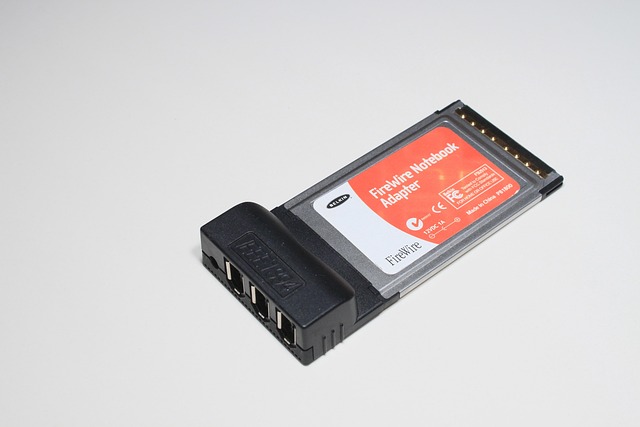
Exploring IEEE 802.3: The Backbone of IT and Informational Technology Networks
In the ever-evolving landscape of technology, where networks serve as the backbone of our digital world, understanding the foundational protocols that drive connectivity is crucial. One such protocol, IEEE 802.3, has played a pivotal role in shaping how we communicate and operate within the realm of IT and informational technology.
IEEE 802.3, commonly known as Ethernet, is the standard for wired local area networks (LANs) and has cemented itself as an indispensable part of networking infrastructure. This protocol not only governs the physical and data link layers of wired networking but also establishes a framework for how devices within a network communicate. Its robustness, ease of implementation, and scalability have made it a favorite among IT professionals and organizations across the globe.
For anyone involved in informational technology, familiarity with IEEE 802.3 is essential. Whether you’re deploying new hardware, troubleshooting connectivity issues, or optimizing network performance, a solid understanding of this protocol empowers you to make informed decisions. It’s the foundation upon which most modern Ethernet networks are built, ensuring reliable data transmission and connectivity that we often take for granted.
The protocol has undergone various iterations since its inception in the 1980s. Each new standard brings enhancements to speed, distance, and efficiency, improving the experience for end-users and administrators alike. Today, with gigabit and multi-gigabit Ethernet becoming standard, IEEE 802.3 continues to evolve, adapting to the increasing demand for higher data rates and more robust networking solutions.
What makes IEEE 802.3 truly remarkable is its adaptability. From small home networks to massive enterprise solutions, this protocol caters to diverse needs, providing flexibility that is essential in the fast-paced world of IT. Its compatibility with various types of media, such as twisted pair cables, fiber optics, and coaxial cables, further enhances its utility, allowing organizations to tailor their network solutions to their specific requirements.
As we delve deeper into the informational technology sector, the significance of IEEE 802.3 cannot be overstated. Understanding its workings aids in the seamless integration of new technologies, ensuring that organizations can leverage the full potential of their network infrastructure. With the rise of IoT (Internet of Things) and smart devices, the demand for reliable networking standards like IEEE 802.3 will only increase, emphasizing its role in the future of digital communications.
In the grand tapestry of networking technology, IEEE 802.3 stands out as a cornerstone that supports both current and emerging innovations. Embracing this protocol is not just about keeping pace with advances in technology; it’s about leveraging its capabilities to create a more connected, efficient, and intelligent world. As the fabric of our digital lives is woven tighter with each breakthrough, understanding and utilizing IEEE 802.3 becomes increasingly vital for anyone navigating the complex world of IT and informational technology.

